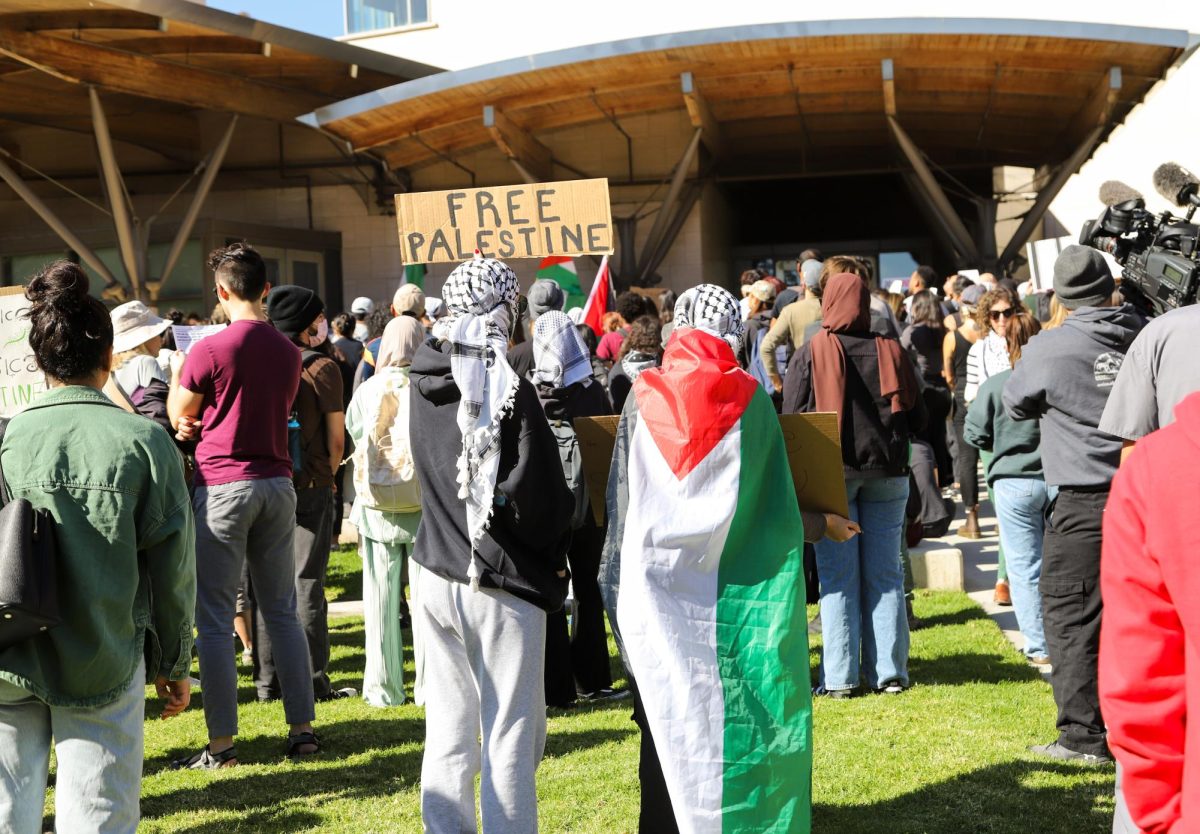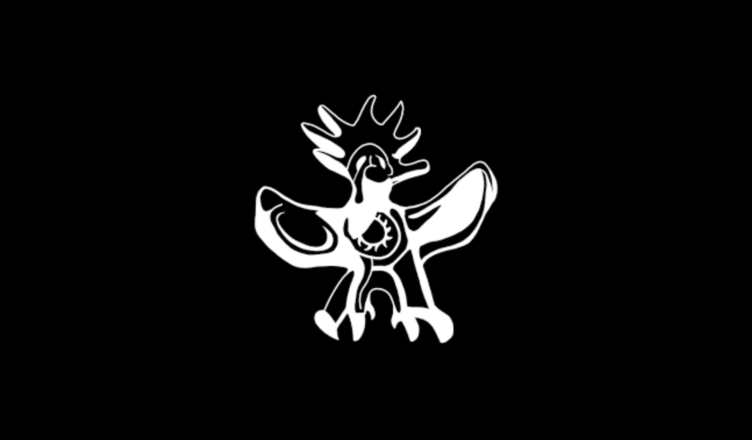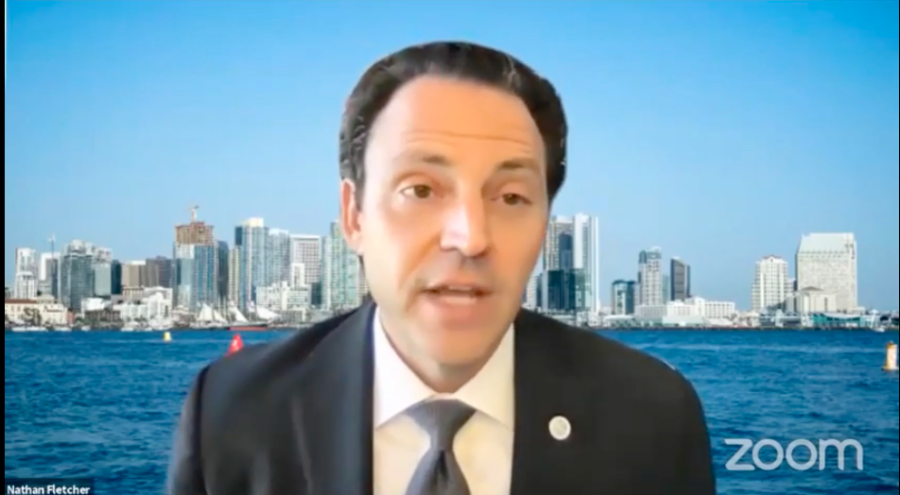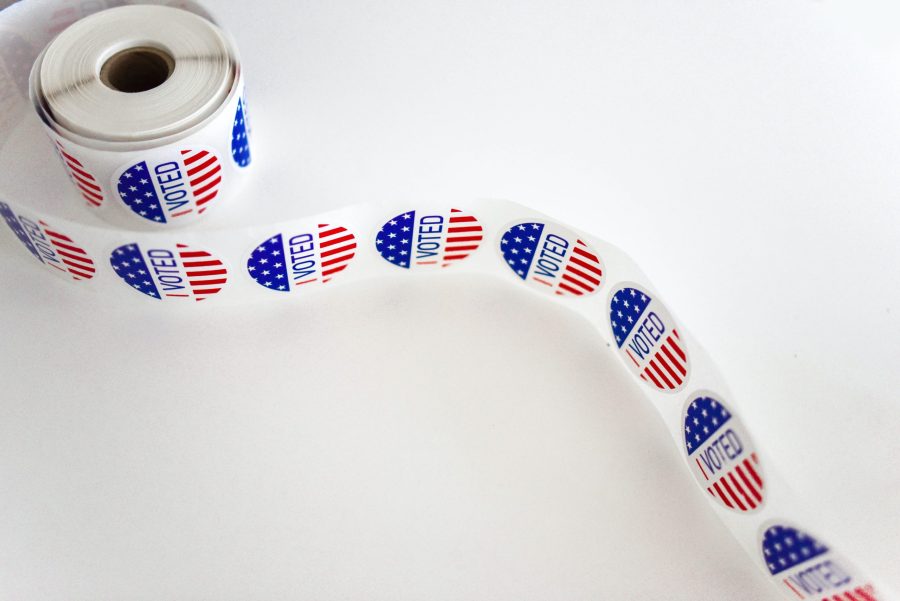Yesterday on Library Walk, there were student demonstrations supporting the #Freethenipple campaign, led by graduate student Annie Ma, who was approached by police for exposing her breasts on Library Walk a few weeks ago. To avoid arrest, Ma carried a copy of the California Indecent Exposure laws, which specify public indecency as genitals being revealed for the purpose of sexually offending or gratifying oneself or others. Technically, bare female breasts are legal if they are not shown with sexual intent.
To demonstrate, students congregated on the grassy fields next to Library Walk. There was a line of men sitting attentively on the outskirts of the field, but it was rather anticlimactic when all the tops came off. Relaxed silence unfolded as most onlookers realized after a few minutes that when everyone’s nipples of all shapes, sizes and colors are present … it’s not a big deal. It actually became quite normalized. Both genders wore glitter, floral designs, and messages written in colorful body paint splayed around their areolas. Messages painted across chests included, “Still not asking for it,” and “They’re just nipples.” Some women wore feathered masks to protect their identities, while men often chose to duct tape “X” over their nipples in an ironic statement of reverse censorship.
In an interview with Balestra Entertainment, Ma explained her motivation for going topless as an issue of gender equality. One officer apparently warned her that men will try to take advantage of topless women, to which Ma responded, “It should be my choice to do what I want to do.” She acknowledged that modern society often creates a dangerous environment for women but argued that the mere appearance of female breasts should not be criminalized.
Breasts are generally portrayed as sex objects in the media, which ignores some of the more fundamental biological purposes for their existence. Ma referenced breastfeeding in the interview, complaining that since all people are nurtured and fed by these maternal body parts, people should learn to love and respect breasts and nipples. Ma also emphasized body shaming as one of the inspirations for #Freethenipple. In today’s society, female breasts are stigmatized and hidden, presented mostly in distorted, hyper-sexualized outlets of the media.
Female nipples in particular are commonly viewed as more erotic than male nipples. However, this perspective is not very scientifically supportable, implying that it may be a culturally learned mentality. A study comparing the sensitivity within male and female breasts by JPRAS found that they both have a similar number of nerve endings. In contrast, the nerve endings in female nipples are more widely spread out throughout the entire breast, whereas for men, the majority of nerves are closely concentrated in each nipple. While personal anecdotes from friends and the overall cultural perception of breasts may lead you to believe that men’s nipples are less sensitive than women, that’s not always true. This suggests that the sexualization of female breasts may actually just be a social construct.
Most people don’t realize that it used to be illegal for men to bare their nipples until protests began in the early 1930s. According to gotopless.org, it wasn’t until 1936 that men successfully lifted the topless ban in Westchester, New York. For the beginning of the #Freethenipple campaign, women started participating in topless demonstrations that were once again located in New York’s streets. While this is clearly a contentious question, are visible nipples really such a radical idea for gender equality? In light of the demonstration, it is clear that some women are willing to fight for the right to go topless, whether that entails the freedom to breastfeed their children in a public park without being shamed or to simply tan at the beach without a bikini top.










